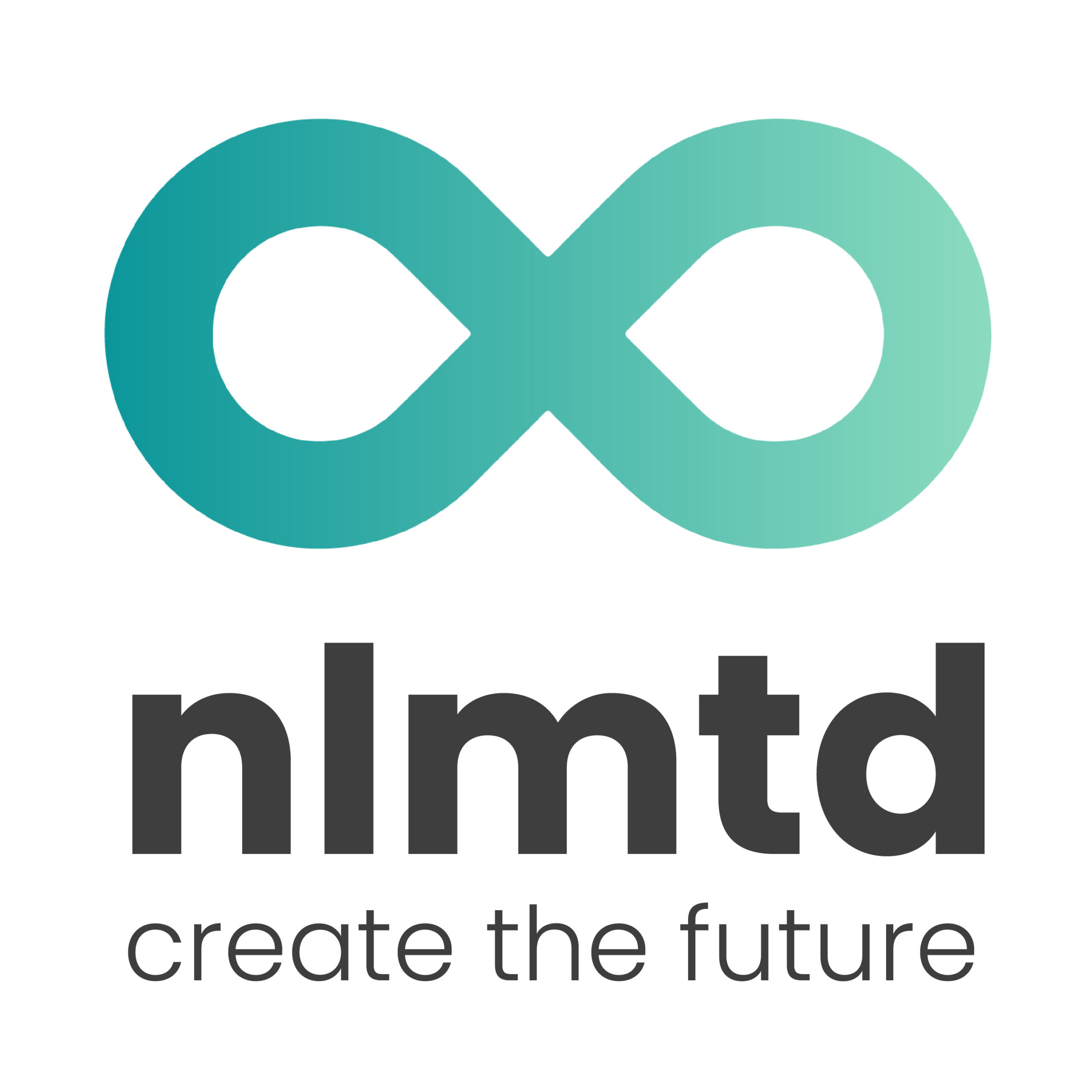On the 11th of may, we brought together some of the brightest minds that are rethinking the future of energy. At this event, we hosted 6 roundtables where topic experts could meet and share their thoughts on a specific topic. One of these topics was Organizing for Radical Acceleration.
We all know that we are facing a significant transition period in the energy sector. That’s why we have organized these roundtable sessions where we are rethinking energy. One of the topics discussed was how to expedite the process of change and organize ourselves for radical acceleration. This session was moderated by Tom Maes (nlmtd) and during this session, industry experts proposed several ideas on how the energy transition can be accelerated towards more radical and sustainable outcomes:
1. Overcoming Incremental Thinking
Emphasize the need for more radical approaches rather than incremental changes. A crisis or a sense of urgency can drive the adoption of more transformative measures.
2. Implementation Focus
Shift the focus from excessive planning to implementation. Lack of implementation prevents progress, and action is necessary to drive change.
3. Pricing as a Mechanism
Utilize pricing as a game changer by making alternative technologies more expensive, which stimulates demand and increases supply. The setting of prices and the role of politics in pricing decisions need to be considered.
4. Leveraging Existing Technology
Apply existing technologies to the energy system. Examples include standardizing smart meters for better measurement and implementing flexible energy pricing.
5. Data Utilization
Collect and utilize more accurate real-time data to improve prediction and decision-making. Encourage data exchange between Transmission System Operators (TSOs) and Distribution System Operators (DSOs) and explore solutions for handling bespoke data.
6. Regulatory Role
Recognize the regulatory role that you have as a decision maker in protecting consumers and mitigating potential negative impacts of radical change. Collaboration and the identification of all the stakeholders that feel the impact of the change can help distribute decision-making and manage potential risks.
7. Collaboration and New Value Chains
Collaborate and build new value chains that embrace changing dynamics. Overcoming the burden of competitors becoming suppliers requires alignment among stakeholders.
8. Knowledge and Engagement
Address the knowledge gap and lack of interest among individuals and companies. Education and incentivization can encourage adoption and participation.
These insights are well aligned with the purpose of Rethinking Energy – aimed to explore the best available solutions, and share insights across organizations. But it is not as easy as it sounds. It requires a lot of dedication and perseverance to organize for disruptive acceleration.








